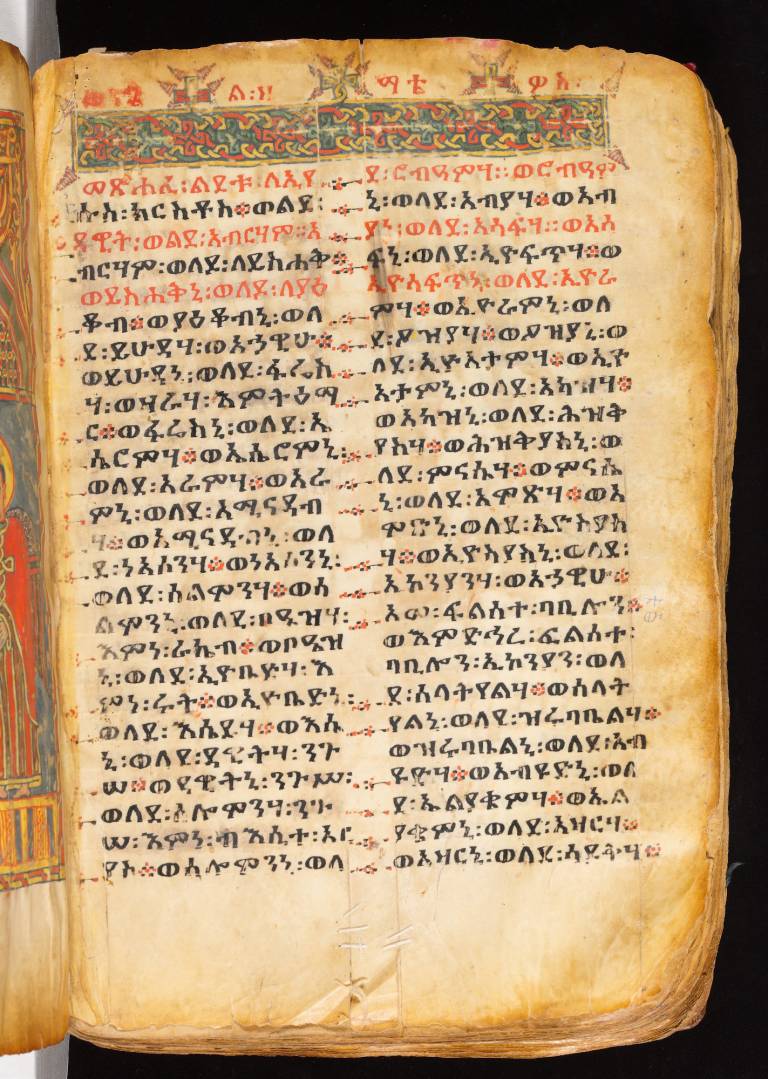Demarginalizing medieval Africa: Images, texts, and identity in early Solomonic Ethiopia (1270-1527)
Objectives

The colourful hieratic images that decorate Ethiopic manuscripts produced during the time span considered by this project – conventionally known as the early Solomonic period (1270–1527) – are unlike anything else produced in sub-Saharan Africa. These illustrations embody the spiritual aspirations and cultural identity of the artists who made them. The Ethiopian Empire was the longest-lived empire in Africa after that of Ancient Egypt. However, while there have been thousands of publications on the arts of Ancient Egypt, the visual culture of Ethiopia continues to be marginalized and misrepresented. By looking at the illustrations in medieval Ethiopic manuscripts, focusing especially on hitherto little-known examples in collections in Germany and the UK, the ITIESE project aims to improve our understanding of this material through a range of publications and activities that will reconstruct the vibrant cultural and religious history of the Ethiopian Empire during the early Solomonic period.
About
The ITIESE project will run from 2021 to 2024 and will be co-hosted by UCL and Universität Hamburg. ITIESE is being co-directed by Dr Jacopo Gnisci (UCL) and Prof. Alessandro Bausi (Universität Hamburg), who are working together with Prof. Theo M. van Lint (University of Oxford), Dr Vitagrazia Pisani (Universität Hamburg) and Ms Sophia Dege-Müller (Universität Hamburg). The project benefits from a wide network of advisors and is collaborating with several institutions and projects with overlapping research objectives. Seed funding for this project was provided by The Oxford Research Centre in the Humanities.
Sponsors


 Close
Close

